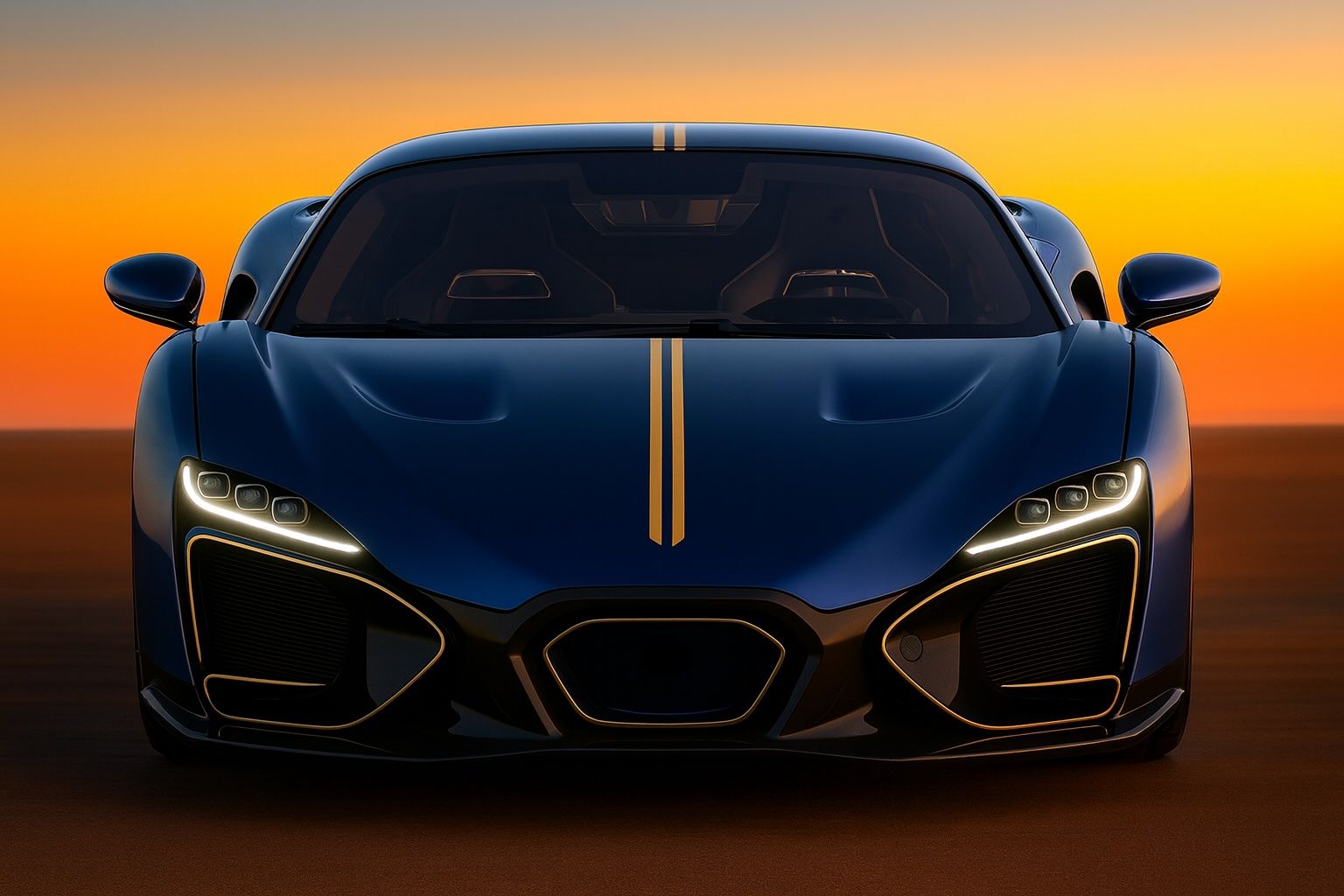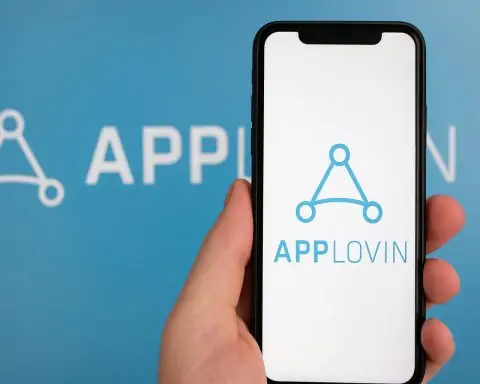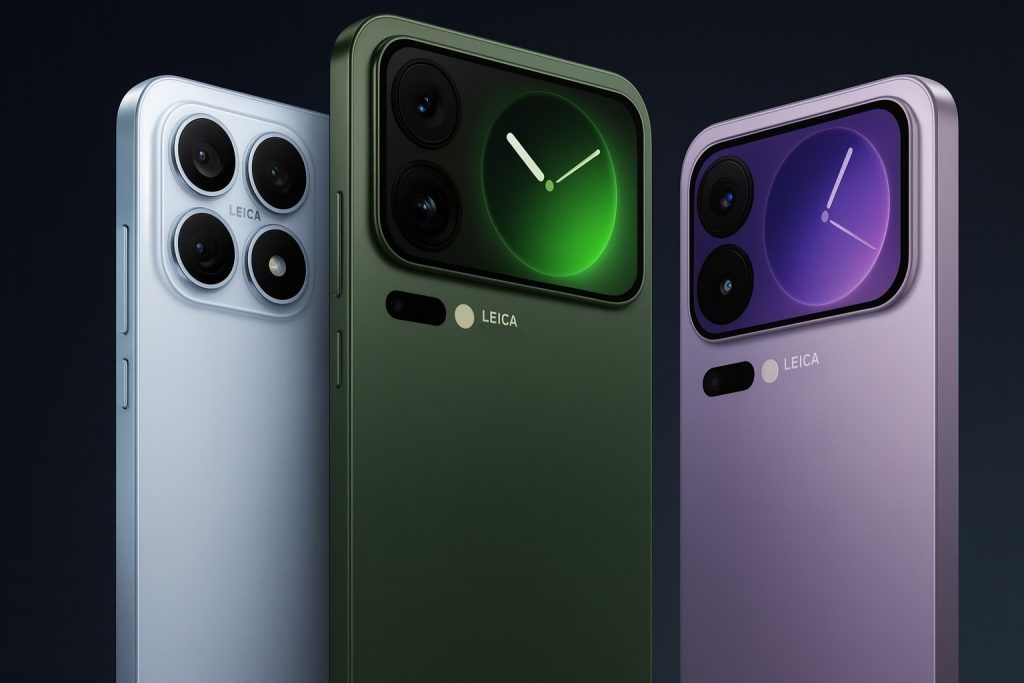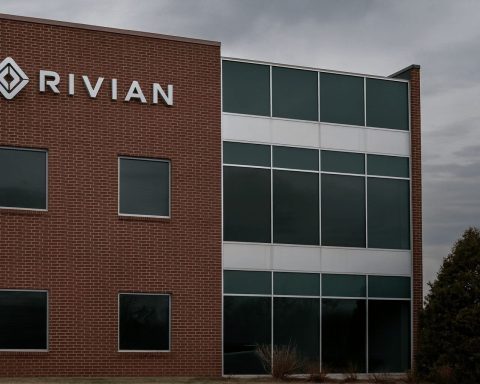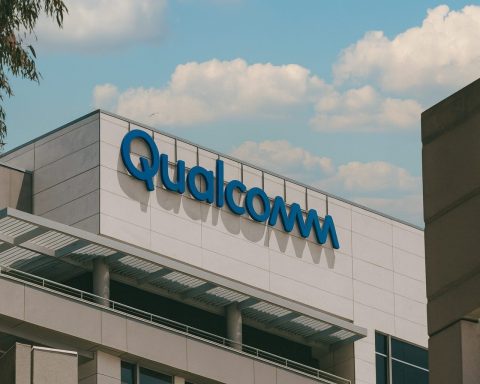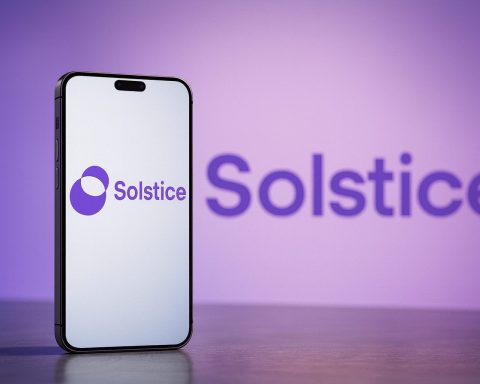- Debut: American startup Vittori unveiled its first hypercar (unnamed “Turbio”) in Miami on Oct 4, 2025 [1] [2]. The running concept – styled by Pininfarina – is being billed as the world’s first “AI hypercar” [3] [4].
- Powertrain: It pairs a hand-built Italian 6.8-liter V12 (by Italtecnica) with a front-mounted electric motor. Total output is ~1,110 hp and ~1,900 Nm of torque [5] [6]. 0–60 mph comes in about 2.5 seconds [7] [8], and top speed is claimed to exceed 220 mph [9] [10].
- Design & Tech: The Turbio’s design is dramatic and angular – a horseshoe-shaped grille, ultra-slim headlights, large rear diffuser and quad exhausts [11] [12]. Vittori says the car’s development used “AI-assisted design” and “AI-powered 3D printing” (for titanium chassis/body parts) [13] [14]. Carbon-fiber structure, adaptive magnetic suspension and carbon-ceramic brakes ensure lightness and performance [15] [16].
- Production: Only 50 units will be made, with deliveries from Italy starting in 2026 [17] [18]. With hand-built exotic components, pricing is expected well above $1 million per car [19] [20].
- Leadership & Vision: Vittori was founded by Carlos Cruz (CEO) in 2023–24 with a Silicon Valley ethos of AI-driven innovation [21] [22]. Cruz says the goal was a “beautiful, high-speed vehicle that evoked emotion and a sense of connection… performance, beauty, control, and freedom… without compromise.” [23].
The Big Reveal: Vittori’s Turbio Hypercar
At a lavish Miami event in October 2025, Vittori presented its first car – codenamed Turbio – as a running concept. [24] [25] The startup calls it an “AI hypercar” and credits “future‑forward technology” in its development [26] [27]. Early media coverage was cautiously impressed: Motor1’s Jeff Perez noted the hypercar “packs a hybrid V-12 engine and a whopping 1,100 horsepower” and “doesn’t look half bad” [28] [29]. The EV Report similarly highlighted the 1,100-hp hybrid powertrain and Pininfarina collaboration [30] [31].
Despite built-in hype about AI, Vittori’s PR was somewhat coy, avoiding buzzwords in official materials. Nonetheless, reports confirm a close partnership with Pininfarina (legendary Italian design studio) to “combine timeless design with modern manufacturing” [32] [33]. Teasers and sketches emphasized aggressive aerodynamics – a wide grille with flanking vents, a double-bubble roof, and a massive rear diffuser [34] [35]. (Below left, an early front-view sketch; below right, a rear-view sketch.)
Concept sketches of Vittori’s Turbio hypercar showing its aggressive front and rear design language [36] [37].
Inside, the prototype featured a vertical center touchscreen and a digital instrument cluster – layouts reminiscent of McLaren’s modern GT models [38]. Materials like bronze trim on deep-blue paint were used to accentuate the car’s lines. Overall, press noted the design feels “loud, aggressive, and unapologetically over-the-top” [39], mixing cues from Bugatti, Lamborghini and even Alfa Romeo.
Company Background: An Ultra-Luxury Startup
Vittori is a brand-new player, founded by Carlos Cruz in 2023 (incorporating in early 2024) and headquartered in Palo Alto, California [40] [41]. Cruz, its sole listed founder and CEO, positions Vittori as a “hyper-luxury mobility” company redefining performance and innovation [42] [43]. In just over a year it has partnered with storied Italian firms: Pininfarina for design and Italtecnica for engines. A DealMaker Securities profile notes Vittori is “redefining the luxury driving experience with its AI-powered engineering and manufacturing” [44].
Vittori’s strategic vision blends automotive tradition with Silicon Valley tech. Cruz says he wanted more than “another supercar” – aiming for something “that feels like flight… where performance, beauty, control, and freedom could exist in one car” [45]. The “AI” angle is central to this pitch: by using AI in the design and engineering process, Vittori claims it can achieve performance gains and unique styling. The company is also exploring advanced manufacturing (e.g. titanium 3D-printing) and cutting-edge materials. This approach is reminiscent of other tech-led supercar startups (e.g. Czinger’s 21C), though it is still early days.
Funding-wise, Vittori recently closed a crowdfunded raise valuing the company at ~$200M [46]. It plans to use the funds for R&D and production. Pre-sales for the Turbio opened immediately after the reveal (limited to 50 cars), with buyers reserving spots for this exclusive machine [47] [48].
Powertrain and Performance
At the heart of the Turbio is a 6.8‑liter V12 engine developed by Italtecnica (an Italian specialist known for exotic powerplants) paired with a hybrid system. One electric motor sits on the front axle, with a high-voltage battery and a secondary motor integrated near the engine [49] [50]. Combined output is ~1,110 horsepower and approximately 1,900 Nm of torque [51] [52]. (Vittori’s marketing touts 1,100 hp from the V12 alone in development, plus the 200 hp front e-motor for a combined 1,300 hp on E85 fuel [53] [54].)
With that power, the Turbio rockets to 62 mph (100 km/h) in an estimated ~2.5 seconds [55] [56]. Motor1 notes that’s on par with the benchmark Ferrari 849 Testarossa and Koenigsegg Jesko. Top speed hasn’t been finalized, but the company promises it will be “hypercar worthy” – likely over 220 mph. [57] [58]. (In fact, the Turbio’s spec sheet lists top speed 220 m/h [59], and 0–60 in 2.5 s [60].) Dry weight is about 1,772 kg (3,904 lb) [61], similar to a Lamborghini Revuelto, according to press.
By comparison, hypercar rivals come close or exceed these figures: Bugatti’s latest Chiron Super Sport puts out ~1,578 hp (1,600 PS) [62] and hits 0–62 mph in ~2.4 s, Koenigsegg’s Jesko (~1,600 hp on E85) blurs past 300 km/h, and electric Rimac Nevera has a staggering 1,914 PS (1,888 hp) with 0–60 in under 2.0 s [63] [64]. Vittori’s choice of a V12 hybrid is a different approach: unlike Rimac’s pure-EV or Bugatti’s W16, it blends an old-school engine with modern electric assist. This keeps the classic V12 sound and feel (something hypercar purists cherish) while adding instant torque and efficiency from electricity.
The hybrid controls and drivetrain electronics are described as highly advanced. The Turbio uses an Adaptive Magnetic Ride Control suspension with electronically-adjustable dampers for optimal handling [65]. It also has active aerodynamic elements: a movable rear wing, front splitter and diffusers that constantly balance downforce and drag [66] [67]. High-performance brakes (multi-piston carbon-ceramic discs) with ABS and stability control ensure it can slow as ferociously as it accelerates [68].
AI and Advanced Engineering
Vittori’s claim to be an “AI hypercar” comes from using artificial intelligence in its development and engineering. In practice, this means AI-assisted design tools and optimization. For example, the chassis and some body parts are said to be produced with AI-powered 3D printing, allowing complex shapes that are both ultra-strong and ultra-light [69] [70]. AI algorithms can iterate thousands of design variations to find the ideal form for crash safety and rigidity. AI also shapes aerodynamics – Vittori’s active aero surfaces were tuned via computational fluid dynamics (CFD) and machine-learning models to maximize efficiency [71]. In short, AI is used more as an engineering aid than as an in-car “self-driving” system.
Industry analysts note that this trend is accelerating. By 2025, AI has become “the backbone of innovation across design, manufacturing, and in-vehicle performance” in automotive R&D [72]. Leading companies are using machine learning to optimize everything from electric motor designs to battery chemistry [73] [74]. In Vittori’s case, AI helps shrink development time and push the limits of traditional engineering. As an S&P Global report explains, AI-driven generative design and digital twins are enabling “rapid scenario testing” and lightening vehicles while keeping safety and strength high [75] [76]. Vittori’s own statements mention “AI-assisted design, additive manufacturing, and race-inspired engineering” as core to its mission [77].
Notably, Vittori is not claiming the car will drive itself. All references to AI describe back-end processes. Cruz emphasizes a “driver-focused” experience; there is no mention of Level 3+ autonomy features. The novelty is packaging cutting-edge tech and data-driven development into an extreme performance car.
Design Language and Materials
Aesthetically, the Turbio combines timeless Italian styling with futuristic cues. Pininfarina’s influence shows in the car’s flowing yet muscular shape. Reviewers describe the front as having a horseshoe (hexagonal) grille with very slim LED headlights and big side intakes [78] [79]. The rear is “dramatic and angular” [80]: quad exhaust tips are clustered under sharp, X-shaped taillights, and a giant diffuser rises between them. Bronze accents on the deep-blue body add contrast. Concept sketches (see above) already hinted at these forms [81].
Early renderings also show the Turbio’s massive rear diffuser and taillights, with a carbon-fiber wing and AI-optimized curves [82] [83].
Vittori stresses materials and construction: a carbon-fiber monocoque provides a light, stiff backbone (following modern hypercar practice). Body panels use advanced composites, and many structural parts are titanium (including 3D-printed nodes and brackets) [84] [85]. The news release highlights “titanium 3D-printed components and advanced composites” for a lightweight build [86]. Suspension arms and subframes are likely forged aluminum or carbon-fiber. In assembly, CNC machining and additive manufacturing are used to high precision – the kind of technology seen in other limited-run exotics.
Inside, the cabin is driver-centric. Photos show a vertical touchscreen on the center console flanked by turbine-like air vents, and a plain digital display behind a compact steering wheel [87]. The concept’s cockpit looks minimalist and sculpted, with alcantara or leather trim and metal accents (bronze touchpoints echo the exterior trim). Overall, the design language mixes modern hypercar aggression with a nod to classics: think Maserati grille shape meets space-age elements.
Expert and Media Reaction
Auto journalists and influencers have been intrigued but cautious. Motor1’s write-up headlined “The World’s First ‘AI Hypercar’ Isn’t as Bad as You Think”, reflecting initial skepticism [88]. They praised the design as “not bad” and familiar (calling the car “perfectly whelmed” in humor), given doubts about any AI involvement [89] [90]. SupercarBloggers (SupercarBlondie) noted the hype: “Vittori’s AI-built hypercar may be the most outrageous debut of 2025” [91]. Author Jason Fan pointed out the mix of tech: active aerodynamics, AI-3D printing, and carbon/titanium parts [92]. He also questioned the marketing (if AI did the design, why hire Pininfarina?), but overall found the teasers exciting.
Experts see Vittori tapping into current trends. A duPont Registry report emphasized that the Turbio concept “signals a bold entry” using “AI-assisted design, titanium 3D-printed components, and lightweight composites” [93] [94]. Many press pieces contrasted Vittori’s V12 with the industry’s electric turn. One writes: “Vittori’s Turbio combines AI and 3-D printing, making it possible to achieve extreme performance” (even as EVs dominate the headlines) [95]. (For context, BMW and Hyundai are also using generative design internally, and Alpine recently used AI to refine bodywork. [96]).
Social media buzz was modest but growing. Enthusiasts on forums and Twitter shared renderings and the motor1 article, debating whether this is credible or a vaporware stunt. The brand’s founder and affiliates have been active, and a DealMaker Securities crowdfunding page opened in late 2025, hinting at serious investment interest [97]. So far, press coverage has been overwhelmingly positive or curious – no major criticisms yet, beyond the AI marketing angle.
Industry Trends and Exclusivity
Vittori’s Turbio arrives amid some notable trends in hypercars. First, AI and digital tech are increasingly used. While fully autonomous supercars are far off, automakers and startups are using AI for rapid prototyping and optimization. As S&P Global reports, AI is “redefining design, production, and mobility”, cutting development time and boosting innovation [98]. Companies like Factorial and ZF are using AI to improve battery and motor performance [99]. Vittori’s claim to use AI in its core business puts it at the cutting edge, albeit following companies like Czinger, which has famously used generative design and 3D printing.
Second, V12 powertrains remain a niche symbol of uncompromised performance. Mainstream manufacturers are ditching large gasoline engines, but hypercar shops embrace them. For example, Pagani’s latest twin-turbo V12s still deliver ~900 hp [100] and are coupled with hybrid systems. Even Apollo (Germany) celebrated a new limited-run 6.3L V12 (800 hp) hypercar this year [101]. In this context, Vittori’s choice of a naturally-aspirated-ish V12 (with hybrid assist) is a statement – it appeals to collectors who want the romance of a V12 growl plus modern power.
Finally, extreme exclusivity defines hypercars. Limited production (often a few dozen or hundreds) and ultra-high prices are the norm. Bugatti builds 500 Chirons over its lifetime; Pagani makes only a few dozen of each model; Koenigsegg counts cars on fingers. The Turbio’s 50-unit run and multi-million-dollar price tag place it firmly in that club. It will compete not just on specs but on pedigree and luxury. The personal experience, bespoke craftsmanship and AI-aided novelty will drive its cachet.
Comparing the Competition
- Pagani: The Italian boutique’s Huayra series uses bespoke AMG twin-turbo V12s (~730–900 hp) and carbon-titanium bodies. Pagani emphasizes artistry and race-derived tech (active aero, F1 aerodynamics). Unlike Vittori’s hybrid, Pagani’s newer models (like the Huayra BC evo) are pure ICE [102], but Pagani is also hinting at hybrids in future models. Both are ultra-limited (Pagani makes a few hundred cars total) and cost $3–6 million each.
- Koenigsegg: The Swedish maker pushes engineering extremes. Its Jesko hypercar uses a twin-turbo 5.0L V8 up to 1,600 hp (on E85 fuel) [103] and a sophisticated 9-speed transmission. The focus is raw speed (the Jesko Absolut aims for 330+ mph) and lightweight innovation (carbon monocoque, active aero). Vittori’s Turbio is similarly high-tech (adaptive suspensions, 3D-printed parts) but with a 12-cylinder heart. Koenigsegg also uses hybrid tech in its Regera model (1,500 hp), so hybrid drivetrains are not unique to Vittori.
- Bugatti: Bugatti’s Chiron family has 8.0L quad-turbo W16 engines making ~1,479–1,578 hp [104]. These are the most powerful production cars, focusing on ultra-luxury (coachbuilding, leather, personalized trim) and top speed (the Chiron Super Sport reaches 261 mph). Bugattis are for flagship bragging rights; they cost $3–5 million. The Turbio’s 1,110 hp is lower, but Vittori is promising hypercar-worthy performance and a similarly high-end pedigree. Both brands cap production (Bugatti made 500 Chirons).
- Rimac (Pininfarina Battista): The all-electric Croatian producer (partnered with Porsche) delivers ~1,888 hp and phenomenal 0–60 times in models like the Nevera [105]. The Battista (Pininfarina’s EV hypercar) is essentially Rimac tech with Italian styling. EV hypercars prioritize raw acceleration and green credentials. Vittori’s hybrid sits between – it keeps a combustion engine (and its soundtrack) but gains electric boost. Each approach has fans.
In summary, Vittori’s Turbio is staking out its niche: a hybrid V12 hypercar with cutting-edge design tools. It won’t beat the world’s fastest EVs to 60 in 1.8 s or a Bugatti to 260 mph, but it promises a unique blend of old-school engine fire and modern intelligence. Only full testing will reveal how it stacks up in handling and feel, but on paper it stands competitive with the current hypercar crop.
Market Reception and Next Steps
So far, press and public reaction is cautiously intrigued. Coverage has been generally positive or curious, noting the impressive numbers and styling [106] [107]. No major criticisms have surfaced, though some commentators are waiting to see final specs and track performance. The use of “AI” in marketing raises eyebrows, but experts say the underlying tech choices (generative design, 3D printing) are legitimate trends in automotive R&D [108] [109].
Demand appears strong: Vittori opened a waitlist immediately (minimum ~$1 M reservation) and reports suggest the company is vetting buyers and media for the Miami debut. Social media buzz centers on images of the car and speculation about price and performance. Influencers like SupercarBlondie and other auto YouTubers are already talking about it, calling it “one of the most mysterious and anticipated debuts of 2025” [110] [111]. No independent drives or data exist yet; enthusiasts will be watching for test drives in 2026.
Vittori is also opening technical partnerships. A recent press release announced collaborations with Totum 3D and ShapeUp Studios to produce the Turbio’s titanium components [112]. This reinforces the high-tech fabrication story. The company has signaled that development is on track – Motor1 confirmed the first prototype “does run and drive” [113] – so production next year seems likely.
In short, Vittori’s debut Turbio has garnered excitement as a symbol of “what’s next” in hypercars: blending silicon-valley style AI with century-old Italian craftsmanship. Its full impact will depend on delivering not just spectacle but drivability. For now, the press enjoys the drama of this “AI hypercar” and will likely cover further updates, comparisons, and any public test soon.
Sources: Reports from Motor1 [114] [115], The EV Report [116] [117], DuPont Registry [118] [119], SupercarBlondie [120] [121] and other industry news [122] [123]; official Vittori specifications [124]; and contextual data on rival hypercars [125] [126] [127] [128]. These sources provide the detailed figures and quotes above.
References
1. www.motor1.com, 2. theevreport.com, 3. www.motor1.com, 4. news.dupontregistry.com, 5. www.motor1.com, 6. kingscrowd.com, 7. www.motor1.com, 8. go.vittori.com, 9. go.vittori.com, 10. news.dupontregistry.com, 11. www.motor1.com, 12. supercarblondie.com, 13. theshopmag.com, 14. news.dupontregistry.com, 15. go.vittori.com, 16. supercarblondie.com, 17. www.motor1.com, 18. www.newsbytesapp.com, 19. www.motor1.com, 20. www.newsbytesapp.com, 21. kingscrowd.com, 22. theevreport.com, 23. www.motor1.com, 24. news.dupontregistry.com, 25. theevreport.com, 26. www.motor1.com, 27. www.newsbytesapp.com, 28. www.motor1.com, 29. www.motor1.com, 30. theevreport.com, 31. theevreport.com, 32. theshopmag.com, 33. theevreport.com, 34. supercarblondie.com, 35. supercarblondie.com, 36. supercarblondie.com, 37. supercarblondie.com, 38. www.motor1.com, 39. supercarblondie.com, 40. kingscrowd.com, 41. news.dupontregistry.com, 42. kingscrowd.com, 43. theevreport.com, 44. kingscrowd.com, 45. www.motor1.com, 46. kingscrowd.com, 47. go.vittori.com, 48. www.newsbytesapp.com, 49. www.motor1.com, 50. go.vittori.com, 51. www.motor1.com, 52. kingscrowd.com, 53. kingscrowd.com, 54. supercarblondie.com, 55. www.motor1.com, 56. go.vittori.com, 57. news.dupontregistry.com, 58. go.vittori.com, 59. go.vittori.com, 60. go.vittori.com, 61. go.vittori.com, 62. en.wikipedia.org, 63. www.koenigsegg.com, 64. en.wikipedia.org, 65. go.vittori.com, 66. go.vittori.com, 67. news.dupontregistry.com, 68. go.vittori.com, 69. news.dupontregistry.com, 70. go.vittori.com, 71. news.dupontregistry.com, 72. www.spglobal.com, 73. www.spglobal.com, 74. www.spglobal.com, 75. www.spglobal.com, 76. www.spglobal.com, 77. theevreport.com, 78. www.motor1.com, 79. supercarblondie.com, 80. www.motor1.com, 81. supercarblondie.com, 82. supercarblondie.com, 83. news.dupontregistry.com, 84. theshopmag.com, 85. supercarblondie.com, 86. theshopmag.com, 87. www.motor1.com, 88. www.motor1.com, 89. www.motor1.com, 90. www.motor1.com, 91. supercarblondie.com, 92. supercarblondie.com, 93. news.dupontregistry.com, 94. news.dupontregistry.com, 95. www.czinger.com, 96. www.motor1.com, 97. kingscrowd.com, 98. www.spglobal.com, 99. www.spglobal.com, 100. www.pagani.com, 101. www.carscoops.com, 102. www.pagani.com, 103. www.koenigsegg.com, 104. en.wikipedia.org, 105. en.wikipedia.org, 106. www.motor1.com, 107. theevreport.com, 108. www.spglobal.com, 109. news.dupontregistry.com, 110. supercarblondie.com, 111. supercarblondie.com, 112. www.prnewswire.com, 113. www.motor1.com, 114. www.motor1.com, 115. www.motor1.com, 116. theevreport.com, 117. theevreport.com, 118. news.dupontregistry.com, 119. news.dupontregistry.com, 120. supercarblondie.com, 121. supercarblondie.com, 122. theshopmag.com, 123. www.newsbytesapp.com, 124. go.vittori.com, 125. en.wikipedia.org, 126. www.koenigsegg.com, 127. en.wikipedia.org, 128. www.pagani.com
